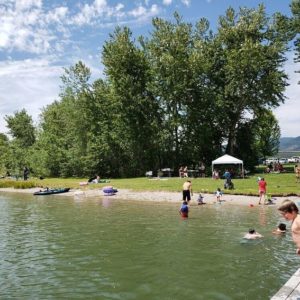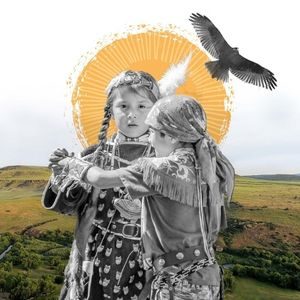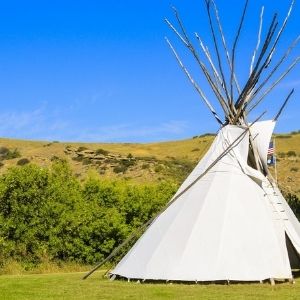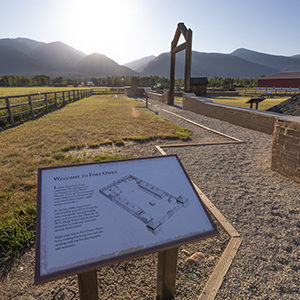
February 28, 2018, was a great day for Montana State Parks. The three largest bighorn ram skulls from Montana, including the new world record bighorn, were officially scored in Bozeman.
The record ram lived for 9 years on Wild Horse Island and died of natural causes. The skull and horns were collected by Montana Fish, Wildlife, and Parks staff and taken to the region one headquarters in Kalispell. This is a common practice at Wild Horse Island State Park. The skulls of bighorn rams are often removed by park staff to discourage illegal horn harvesting.
Bighorn sheep have over 2100 wild acres of the state park to roam at Wild Horse Island but park managers have less than $15,000 a year to protect and maintain the park. You might be thinking “wait, what is there to maintain at Wild Horse Island?”. While the island is largely undeveloped, State Park Managers are tasked with a lot of tasks that are critical to maintaining the island in its current state.
Wild Horse Island is largely covered in shortgrass prairie and mixed conifer forests. This ecosystem is adapted to fire and relies on natural fire to maintain the botanical balance of forests and prairies on the island. Wildfire has been suppressed for decades in the western U.S. including on Wild Horse Island. This creates an imbalance in which Ponderosa Pine trees are continually encroaching on meadows of shortgrass prairie that species like bighorn sheep depend on.
State Park staff and volunteers remove encroaching Ponderosa Pine trees by hand, a measure needed to maintain the balance on the island of prairie grasses and conifer forests. This is a time-intensive process for an agency that is consistently understaffed, to begin with.
Park managers must also deal with botanical intruders on the island. Noxious weeds such as cheatgrass and knapweed wreak havoc on landscapes across western Montana and beyond. Every year Montana state park staff and volunteers spend weeks manually removing and spraying non-native invasive weeds on Wild Horse Island.
Additionally, park staff and volunteers deserve a measure of gratitude from everyone who has had the good fortune of visiting Wild Horse Island. The staff and volunteers who care for the island are the hard-working folks who clear and maintain the trails, spray invasive weeds, remove encroaching trees, and, of course, maintain the composting toilet on the island.
Wild Horse Island truly is one of the best parts of the Montana State Parks system. Its wild, undeveloped characteristics make it a perfect home for wildlife and a great place for us all to enjoy a primitive park experience. Let’s work together to help the great staff and volunteers with Montana State Parks so they can continue to take care of special places like Wild Horse Island.













